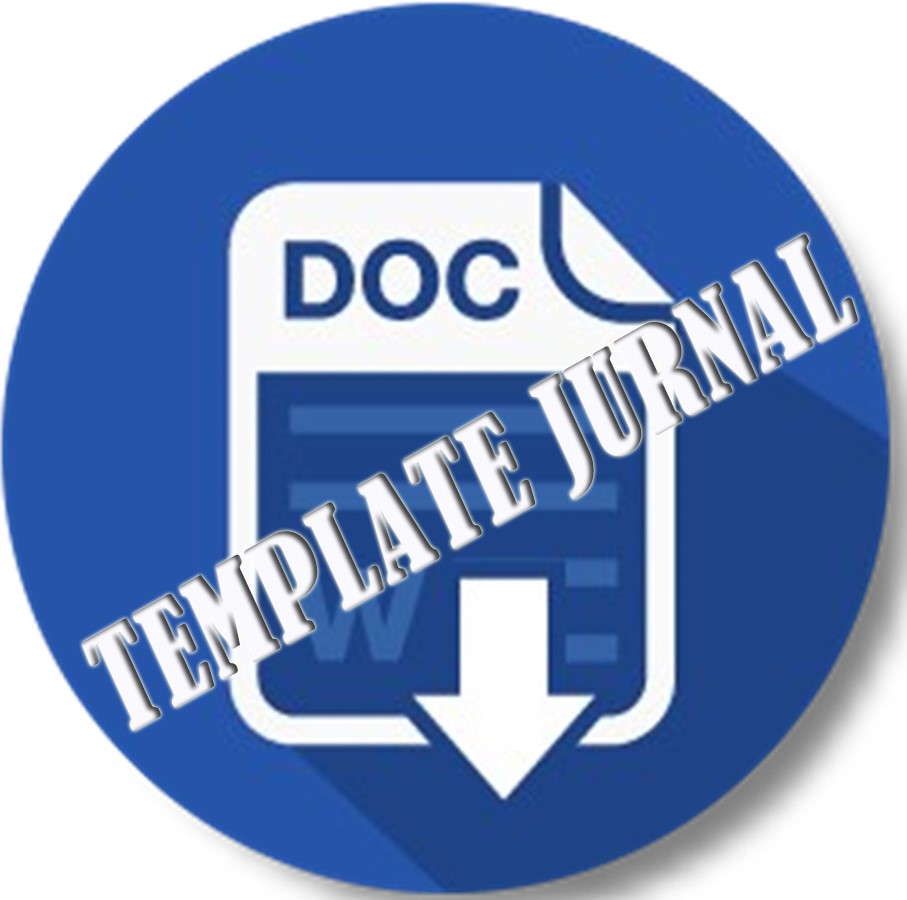POLA AKTIVITAS PADA RUANG TERBUKA HIJAU DI MASA PANDEMI COVID-19 (TAMAN KAMBANG IWAK PALEMBANG)
Keywords:
activity pattern, green open space, covid-19 pandemicAbstract
Kambang Iwak is one of the Green Open Spaces (RTH) in Palembang as a city park and Kambang Iwak is a public open space. Regarding this pandemic, parks play an important role in a healthy urban mechanism, requiring the people of Palembang City to apply various new norms, including keeping the environment clean to stop the transmission of the epidemic. This is because parks provide various benefits, such as oxygen supply, as an area to catch sunlight which is important for increasing immunity. Therefore, to follow up on the continuity of the benefits of green open space, especially the Kambang Iwak park during the Covid-19 pandemic, it is necessary to find out the pattern of activity during this covid-19 pandemic. This study aimed to determine the pattern of community activity in the green open space of Kambang Iwak Palembang Park during the Covid-19 pandemic. The research method used in this research is a descriptive qualitative method with data collection techniques with place-centered mapping. The results showed that there were 3 (three) activity characteristics: active engagement, relaxation, and passive engagement.
References
D. Hantono, “Pola Aktivitas Ruang Terbuka Publik Pada Kawasan Taman Fatahillah Jakarta,” J. Arsit. KOMPOSISI, vol. 11, no. 6, p. 265, 2017, doi: 10.24002/jars.v11i6.1360.
R. Puspasari, J. Ernawati, and N. Suryasari, “Pola Aktivitas Pada Ruang Publik Taman Bungkul Surabaya,” J. Mhs. Jur. Arsit., vol. 4, no. 2, pp. 17–24, 2015.
B. Santoso, R. Hidayah, and Sumardjito, “Pola pemanfaatan Ruang Terbuka Hijau pada kawasan perkampungan Plemburan Tegal, Ngaglik Sleman,” Inersia, vol. 8, no. 1, pp. 1–14, 2012.
M. C. Ika, I. Sasongko, and A. Witjaksono, “Pemanfaatan Komponen Ruang Publik yang Efektif pada Jalan Veteran-Jalan Bandung Kota Malang ‘The Effective Utilization of Public Space Elements at Veteran-Bandung Street,’” J. Inst. Teknol. Nas. Malang, no. 26, pp. 1–4, 2008.
A. P. U. P. Lestari and I. K. Mahardika, “Ruang Terbuka Kota Tanggap Covid-19 Studi Kasus: lapangan Kapten Mudita, Bangli-Bali,” Pros. Semin. Nas. Desain dan Arsit., vol. 4, pp. 416–422, 2021, [Online]. Available: http://senada.idbbali.ac.id.
D. W. Anggraeni, “Kajian Fungsi Sosial Dan Hardscape Di Taman Kambang Iwak Palembang Sebagai Ruang Terbuka Hijau Publik,” hirARCHi, vol. 15, pp. 4–10, 2018.
Susi Laraswati Sinambela, “POLA PEMANFAATAN RUANG TERBUKA PUBLIK ALUN-ALUN DENGGUNG SLEMAN PADA MASA PANDEMI COVID-19,” vol. 3, no. March, p. 6, 2021.
J. Anita and Dkk, “Kajian Terhadap Ruang Publik Sebagai Sarana Interaksi Warga di Kampung Muararajeun Lama Bandung, Reka Karsa,” J. Online Inst. Te,knologi Nas., vol. 1, no. I, p. 3, 2012, [Online]. Available: http://lib.itenas.ac.id/kti/wp-content/uploads/2013/12/Microsoft-Word-Muara-Rajeun-Juarni-Anita-2012_1.pdf.
Q. J. Mursal and N. B. Hartanti, “Peran Ruang Publik Di Era Pandemi Covid-19 (Studi Kasus : Taman Kota Dr. Murjani, Kota Banjarbaru),” AGORAJurnal Penelit. dan Karya Ilm. Arsit. Usakti, vol. 19, no. 2, pp. 80–88, 2021, doi: 10.25105/agora.v19i2.9695.
G. O. I. Cahyandari, “Tata Ruang Dan Elemen Arsitektur Pada Rumah Jawa Di Yogyakarta Sebagai Wujud Kategori Pola Aktivitas Dalam Rumah Tangga,” J. Arsit. KOMPOSISI, vol. 10, no. 2, p. 103, 2017, doi: 10.24002/jars.v10i2.1064.
S. Ariani, “Identifikasi Pengaruh Karakteristik Ruang Terbuka Publik Terhadap Pola Aktivitas Di Kawasan Bantaran Sungai Silo,” Tugas Akhir Perenc. Wil. Dan Kota, 2019.
B. T. Kurnialohi, D. I. Kampung, and G. Kota, “di Kampung Gampingan Kota Yogyakarta,” vol. 7, 2020.









